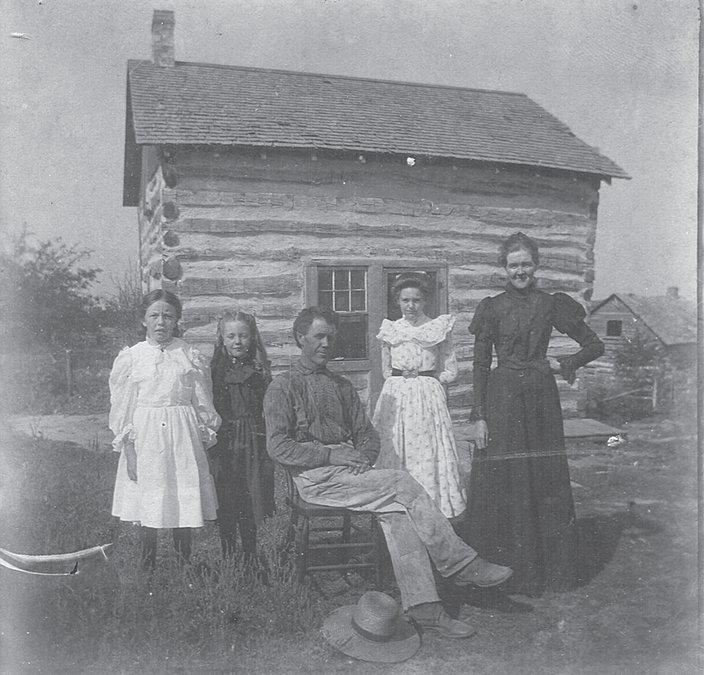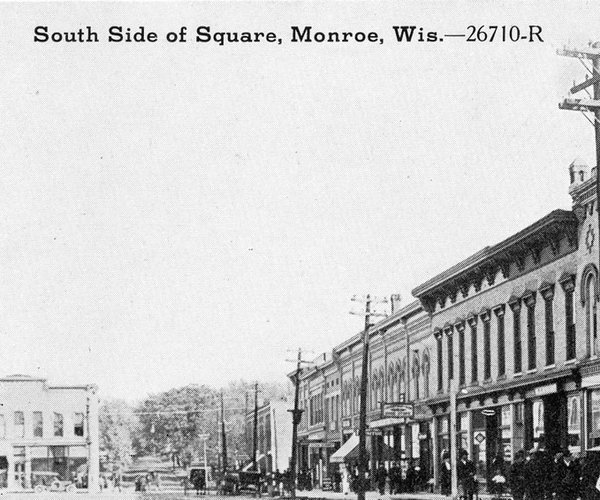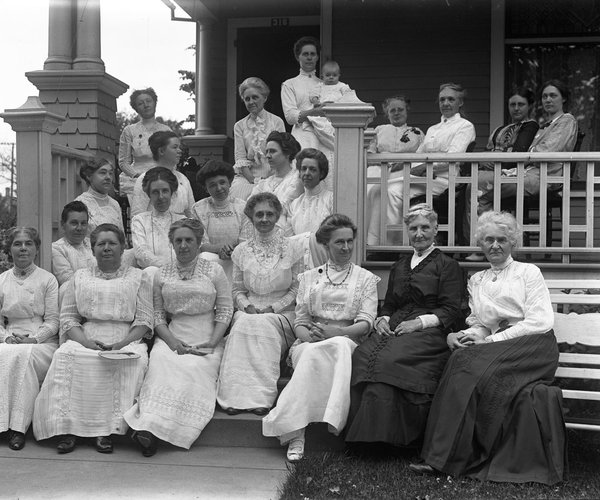Family historians have been using census records for many years to gain information about their ancestors and other family members. The national census has been taken every ten years since 1790. Wisconsin also has separate census information about its residents in various years from 1836 to 1905, which helps to trace families and give us more information. The census is actually taken to determine how many representatives each state will have in Congress for the subsequent 10 years as well as how much federal funding communities will receive for roads, schools, housing and social programs. Census records, for privacy reasons, are not released until 72 years after it was taken. Information about those of us who were born by April 1950 will be released on April 1, 2022.
It has been more than a year since I finished supplying information for the 2020 census. There were only a few questions on that census compared to what was asked decades ago. We supplied our name, address, sex, age and date of birth, and our ethnic makeup. My only contact with the census bureau last year was a correspondence indicating that I should go to their website and fill out the information. For decades the enumerators had to go door-to-door through the cities and the countryside to count every living person.
The census takers were instructed to visit each dwelling in his assigned township/village and each family in it. He was to inquire of the head of each family (or the member deemed most credible and trustworthy) “to obtain each and every item of information and all of the particulars.” If nobody was available at a family’s place of abode, the enumerator was directed by law “to obtain the required information, as nearly as may be practicable, from the family or families, or person or persons, living nearest to such place of abode.”
Imagine what it was like for a rural enumerator to have to get to every house throughout his township. They probably rode horses and might have even camped overnight on occasion to be able to get the job finished in a timely fashion. In addition, he had to get all of the questions answered in a household that might not speak the same language as he did. In those cases, there might have been children in the household who were learning English who might be able to assist. In these situations, we can see why census records are helpful, but not always 100% accurate.


I found some of the teases that were printed in the Monroe Sentinel in the 1880s to be quite interesting. B. L. Hoyland finished the census of Sylvester township before his summary was printed on July 7. Since the 1870 census, the population there had fallen by about 100 to 938. He stated that the people were “courteous and willing to answer his questions.” He also shared that, “a good many Democrats say they will vote for Garfield. Among them is Jake the constable, who has been a Democrat all his life of single blessedness, who says he’ll vote for the ‘honest man’ Garfield this time.”
Andrew Anderson, Jr. shared that, “The town of Adams contained on the first of June, 930 inhabitants, 140 farms and one cheese factory. Only 17 deaths had occurred in the year.”
William McDowell, the census taker from Clarno township found 26 persons (15 men and 11 women) whose average age was 76. The eldest was 86 years old and there were eight who were more than 80 years old. There had been 40 births and only 17 deaths in the year prior to the census.
John C. Ula, who took the census in York township, found a population of 1,051 and 154 farms. There had only been four deaths in the year ending June 1. The population of the census dropped 36 from 10 years prior.
The census taker from Spring Grove, F. R. Melvin, reported an old lady who was 103 years old. She was living with her 63-year-old son, who had a son who was 31. They also noted, “The old lady reads her prayer book every day and enjoys fair health.”
Other enumerators who were appointed (and then confirmed by General Walker) and their territory were: J. B. Perry (Albany township), F. R. Melvin (Brooklyn township), Chas. R. Deniston (Cadiz township), E. R. Sprague (Decatur township), E. C. Moore (Exeter township), J. C. Carter (Jefferson), Rollin Olison (Jordan), E. B. Pratt (Monroe township and the part of the village south of the railroad tracks), William Gray (Monroe village north of tracks), E. F. Wright (Mt. Pleasant), Oswald Babler (New Glarus township), and Robert Harper (Washington).
According to information from the internet, the population of Green County in 1880 was 21,729. The census enumerators that year, the first where women could serve, were paid $4 for each day that they worked. They were expected to work ten-hour days. Typically, the census enumerators in 2020 received from $14 to $20 per hour and could work up to 50 hours per week. They were, of course, required to wear a face mask!
— Matt Figi is a Monroe resident and a local historian. His column will appear periodically on Saturdays in the Times. He can be reached at mfigi48@tds.net or at 608-325-6503.




